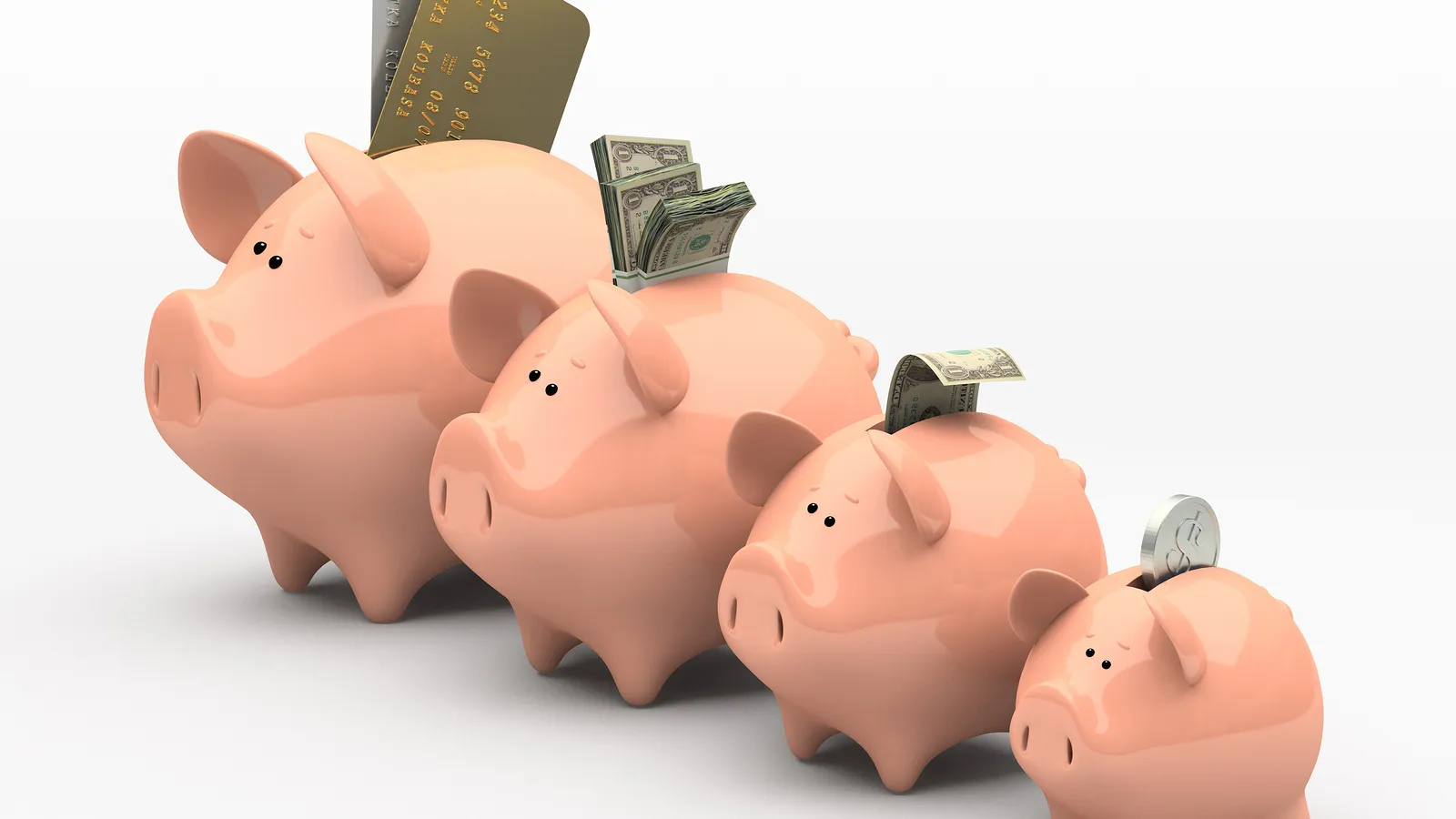People who practice minimalism often say that it's best to keep things as simple as possible. Having just one car, one modestly-sized home and a small wardrobe helps plenty of people streamline their lives. The same is often true for having just a single credit card and a single checking account. But there's one type of deposit account you'll want to have more than one of: a savings account.
The Case for Multiple Savings Accounts
You might be setting money aside for emergencies, saving up for a large purchase or saving for a vacation. If you put all of your savings into a single account, it can be difficult for you to see at a glance how much you've actually set aside for each goal. For example, if you save $2,000 for your vacation, but put that money into the same account as your emergency fund, you might think you've set aside enough for vacation when in reality you're dipping into your emergency savings.
Having multiple savings accounts doesn't just make it easier for you to keep track of your money. Keeping separate accounts, one for each goal, also makes your brain happier. As Entrepreneur reported, the more small goals you achieve, the more likely you are to set and achieve larger goals.
Choose the Right Savings Account
Not all savings accounts are created equal. Before you open a new account, make sure it is one that will actually help you save money and help your money grow for the future. One thing to pay attention to when opening any type of account is the fees it charges, if any. Since you want your money to increase, avoid opening an account that charges you monthly fees.
The money you deposit in the account should also be insured, meaning it won't lose value. When opening a savings account at a credit union, you want to find one that is federally insured by the National Credit Union Administration (NCUA). The good news is that 98 percent of all credit unions in the US are insured by the NCUA.
It's also worth looking at the amount of interest your savings will earn. Interest rates change frequently, but if you can find an account that offers a higher rate than others, you'll be able to make your savings go further.
Prioritize Your Goals
Before you start opening several accounts, make a list of your financial goals and sort that list in order of priority. One of the first things to focus on when starting to save is establishing an emergency fund. According to the NCUA, more than two-thirds of people in the US don't have enough cash to handle a $1,000 emergency. If this describes you, start by opening an account and begin to save money in it until you've reached $1,000. Once you've saved that first $1,000, open a new account for a longer-term emergency fund. Aim to set aside at least six months worth of income in that account.
Once you've got money set aside in case of a job loss or other financial dilemma, you can start focusing on less pressing goals and create savings accounts for them. Pick a financial goal and a target date for meeting each goal. Then, determine how much you'll need to save each month.
Be Strategic About Saving
One of the easiest ways to stash your money is to automate your savings so that cash is transferred from checking to savings right away. If your job offers direct deposit, find out if you can send a portion of it to checking and the rest to various savings accounts.
You don't have to open multiple accounts at different banks or credit unions. Often, it's easiest to keep your accounts at the same institution, so that you can monitor your money at a glance.
